Peace in South Caucasus in crosshairs of Indian missiles Armenia’s militarisation and New Delhi’s political game
The Armenian authorities' obsession with the arms race continues to gain momentum. In a hasty manner, Yerevan is strengthening its cooperation with one of its key arms suppliers—India. This is not merely about purchasing military equipment, but about a systemic policy of militarisation, accompanied by active diplomacy, high-level visits, and strategic agreements. This process is planting a time bomb that threatens to provoke a new escalation and further destabilise the military-political situation in the South Caucasus.
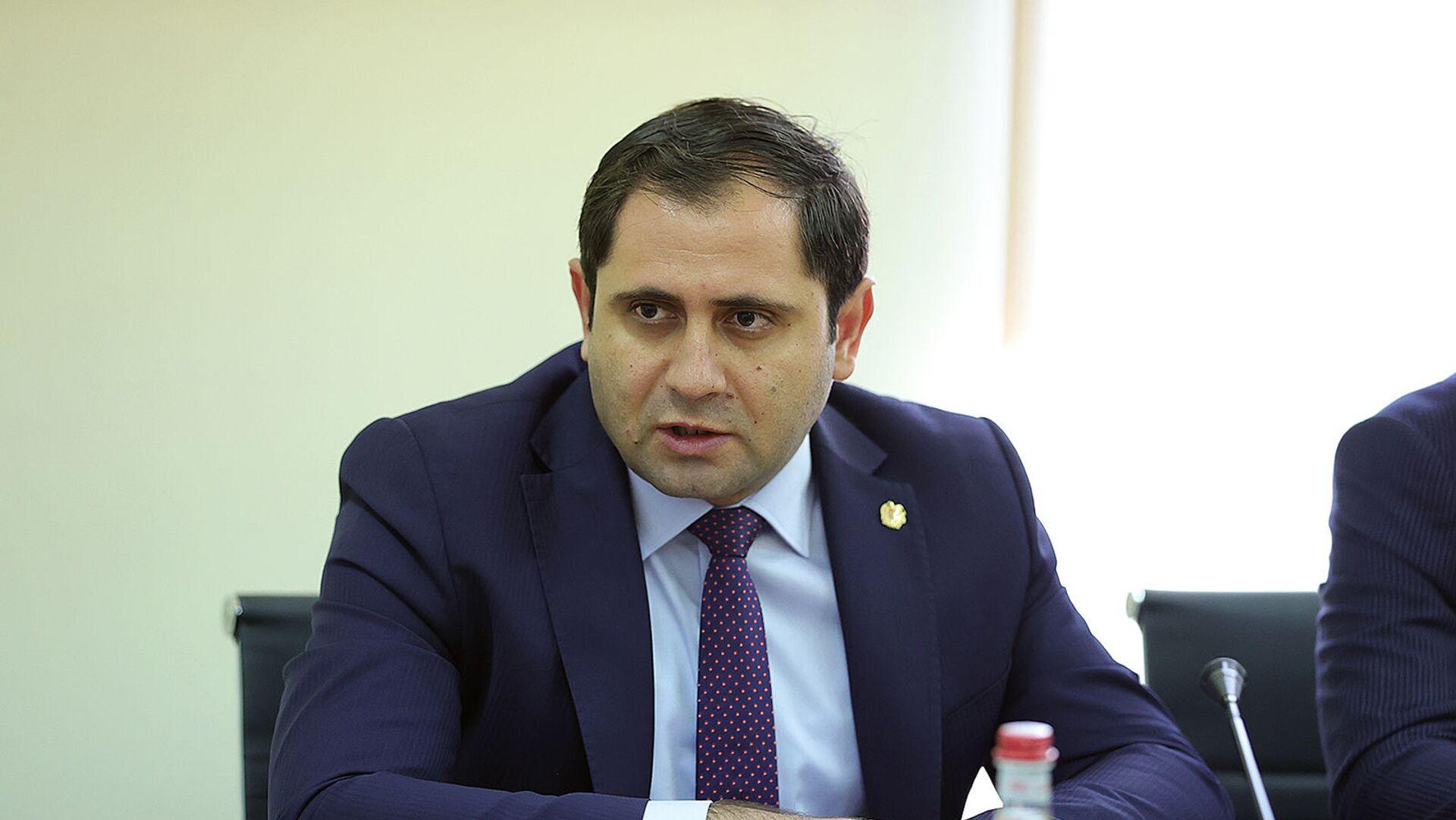
In February 2025, an Armenian delegation led by Defence Minister Suren Papikyan paid a visit to India. Just recently, the Secretary of Armenia’s Security Council, Armen Grigoryan, also visited New Delhi, further confirming the systematic and deliberate nature of the Armenian-Indian military dialogue.
Yerevan-based media highlighted key aspects of Grigoryan’s talks with Ajit Doval, National Security Adviser to the Prime Minister of India. The discussions centred on regional security issues, the escalation along the India-Pakistan border, and developments in the South Caucasus, including the Armenia-Azerbaijan agenda.
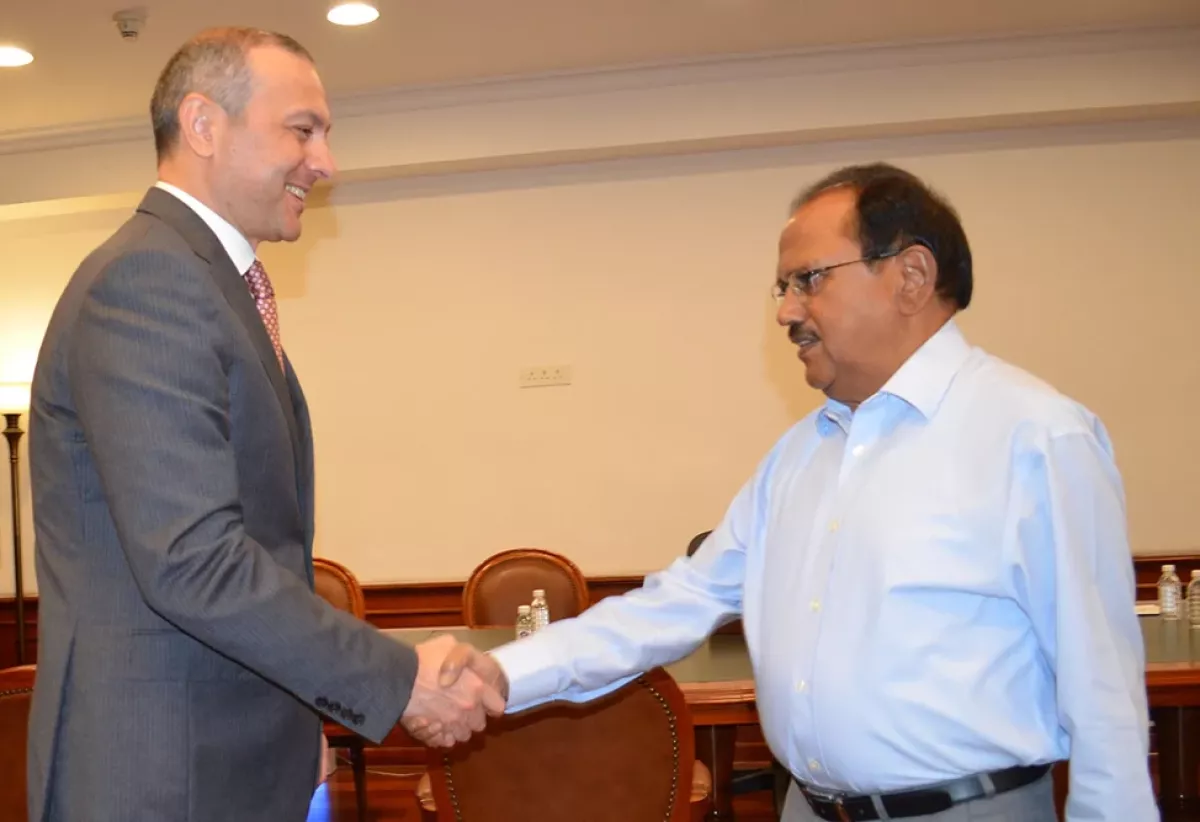
At the request of the Indian side, Armen Grigoryan presented the process of normalising relations between Azerbaijan and Armenia—highlighting New Delhi’s growing interest in the political developments of the region.
Particularly noteworthy is India’s drive to deepen its cooperation with Armenia, which is viewed in New Delhi as a strategic foothold in the South Caucasus, including in the military-technical sphere.
Against this backdrop, the Armenian government plans to increase defence spending by 20% in 2025 compared to the previous year, raising the military budget to $1.7 billion.
Over the past two years, Armenia has signed defence contracts with India worth hundreds of millions of dollars. According to the IADN agency, Yerevan is expected to receive a second batch of Akash-1S surface-to-air missile systems as early as July 2025.
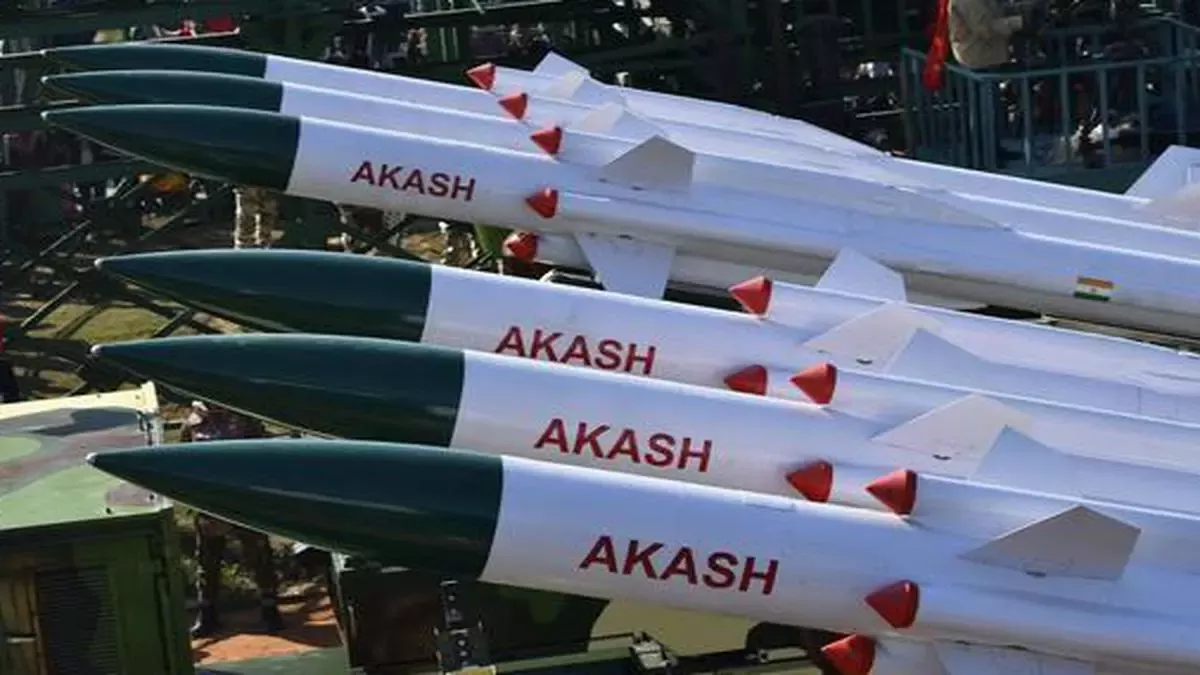
Deliveries of the upgraded version of India’s Akash surface-to-air missile system began in November last year and are continuing under previously concluded agreements. According to Armenian and Indian media reports, the purchase of 15 missile systems cost Yerevan $720 million.
Armenia has now become a major client of Indian defence companies—procuring everything from artillery systems and Pinaka multi-barrel rocket launchers to small arms and ammunition.
Baku has repeatedly expressed its dissatisfaction with India’s arms deliveries to Armenia, stating that the rearmament of the Armenian military and the creation of an illusion of possible revanche among Yerevan’s military-political leadership are unacceptable. However, the Indian side has sought to justify Armenia’s militarisation under the pretext of strategic partnership.
At the beginning of last year, India’s Ambassador to Armenia, Nilakshi Saha Sinha, stated on Armenian Public Television that Armenia is a strategically important and reliable partner for India in the South Caucasus, noting that bilateral relations received new momentum following the Indian Foreign Minister’s visit to Yerevan in autumn 2021.
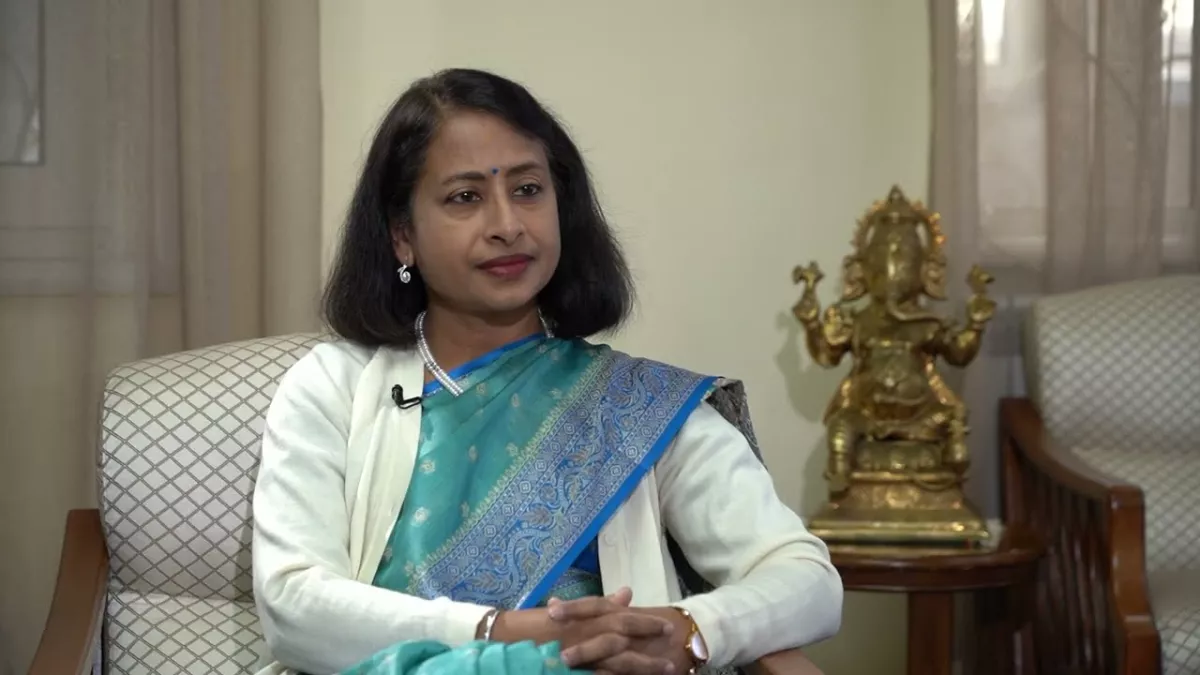
However, an important clarification must be made regarding Nilakshi Sinha’s statement: Armenian-Indian relations received their “second wind” precisely from 2020 onwards. In November 2022, Armenian media reported an intriguing detail—during the hostilities in Karabakh, India offered Armenia small arms, ammunition, and other weaponry on an emergency basis, with a deferred payment arrangement.
In doing so, India demonstrated a biased stance towards Azerbaijan, favouring Armenia’s interests even during the 44-day war in Karabakh. New Delhi’s subsequent steps—which were far from friendly towards Baku—only further confirmed the partiality of India’s position regarding Azerbaijan.
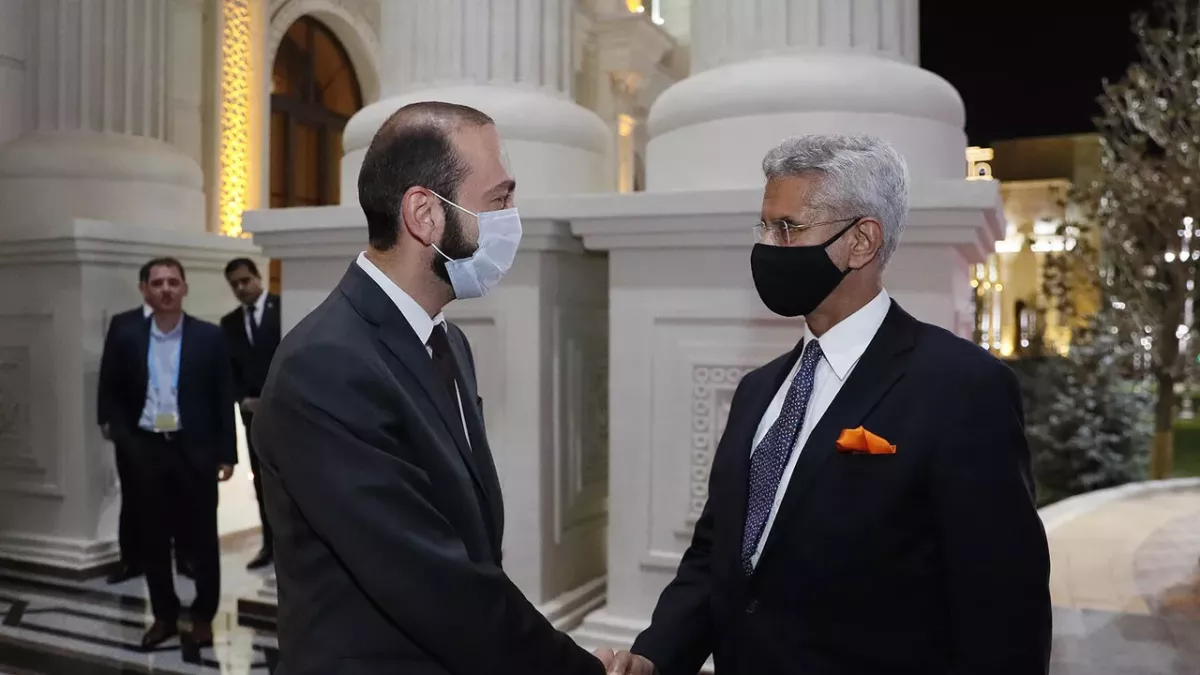
In October 2021, India’s External Affairs Minister Subrahmanyam Jaishankar visited Armenia, after which India voiced support for Armenia at the United Nations Security Council following the September 2022 clashes along the de facto Armenia-Azerbaijan border.
India’s current interest in the Armenia-Azerbaijan negotiation agenda, as expressed during Grigoryan’s visit to New Delhi, appears to be largely declarative and aimed at attracting the attention of the international community.
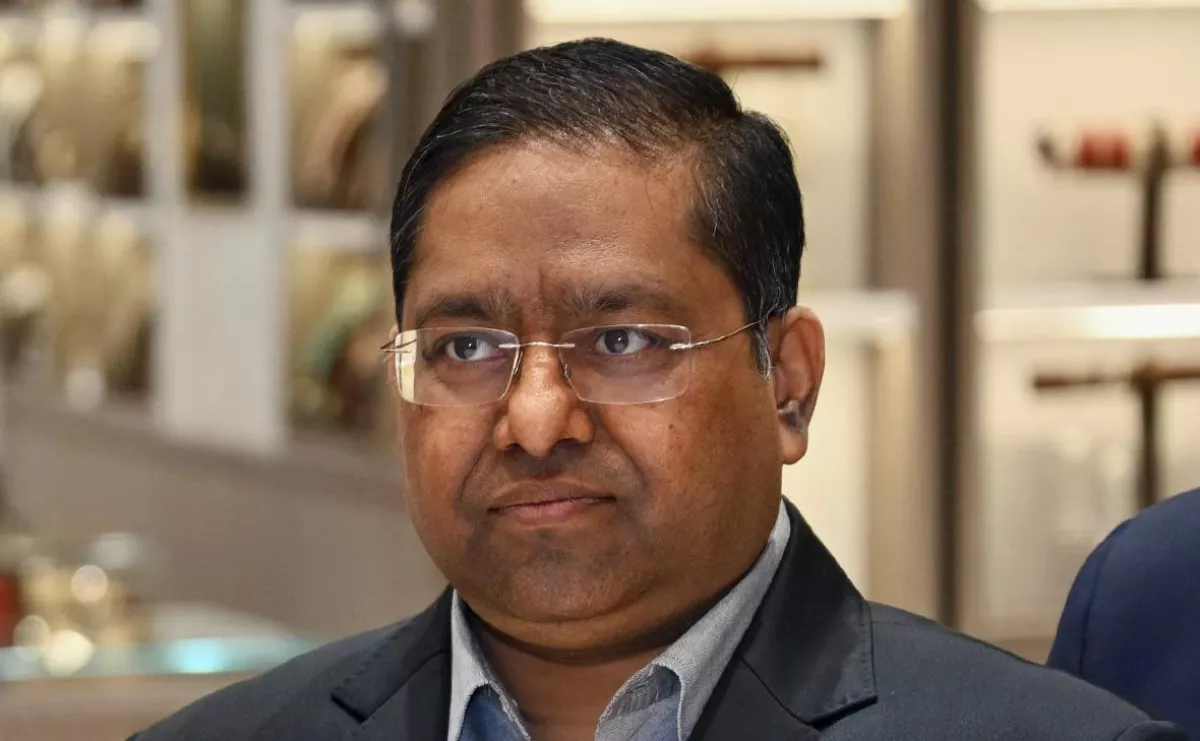
In this way, the Indian side seeks to convince the international community of its impartiality. It is no coincidence that, back in April of last year, Randhir Jaiswal, spokesperson for India’s Ministry of External Affairs, responded to Azerbaijan’s criticism over India’s arms supplies to Armenia by stating that India maintains good relations with both Armenia and Azerbaijan.
“We have good relations with both Armenia and Azerbaijan, but apart from that we have a policy to promote defence exports,” Jaiswal said.
It is also no secret that India’s targeted deliveries of lethal weapons to Yerevan are driven by its geopolitical interests in the South Caucasus—particularly in light of Pakistan’s support for Azerbaijan, alongside Türkiye, on the issue of Jammu and Kashmir.
Baku, for its part, remains committed to supporting the territorial integrity and sovereignty of brotherly Pakistan—despite India’s discontent. At the same time, Baku attaches no significance to New Delhi’s performative (and superficial) interest in the Armenia-Azerbaijan agenda, and has repeatedly warned the Indian side that the militarisation of Armenia undermines the prospects for Azerbaijani-Indian relations. Yet New Delhi appears reluctant to draw the necessary conclusions.
Thus, the growing military-political alignment between Armenia and India—accompanied by large-scale arms deliveries—is perceived in Baku as a threat to regional stability. And the longer New Delhi continues to ignore this signal, the more fragile the prospects for dialogue and trust between India and Azerbaijan become.








